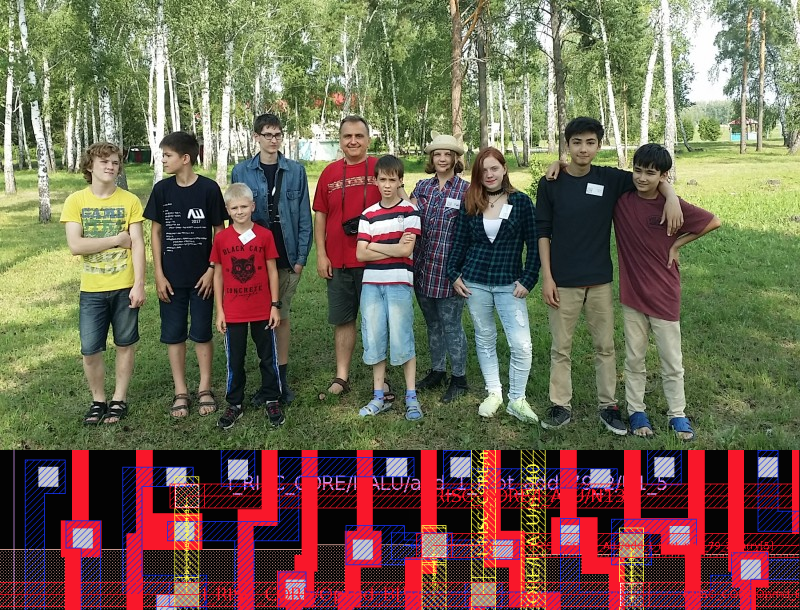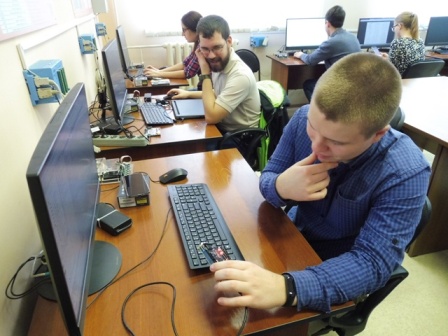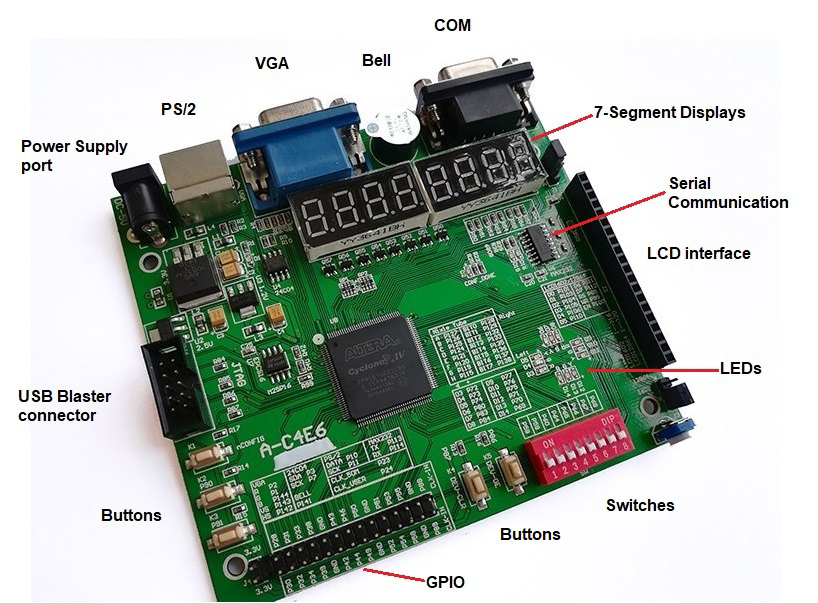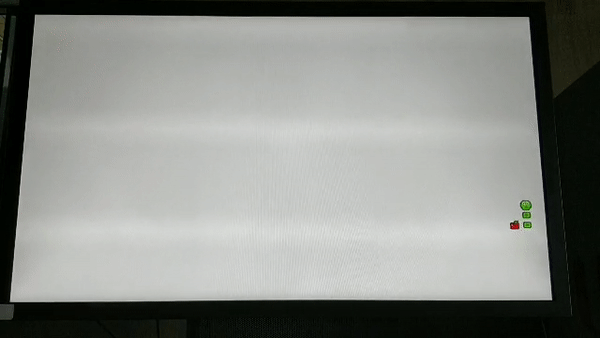Недавно вышел бесплатный онлайн-курс в трех частях под названием «Как работают создатели умных наночипов» (1, 2, 3). Он предназначен для профориентации школьников и отличается максимальной конкретностью: вот так выглядит распределение работы в команде проектирования микросхемы, вот на таких концепциях проектирования на уровне регистровых передач построена разработка, и вот такие алгоритмы используются для определения, на сколько мегагерц будет работать проектируемый процессор для компьютера или автомобильной электроники.
Кроме теоретической профориентации, курс можно использовать для отбора школьников на практические летние школы по ПЛИС-ам и проектированию процессоров. Такая школа планируется в этом году в Зеленограде, ее прототип был опробован на Летней школе юных программистов в Новосибирске и на Неделе электроники для школьников в Киеве в позапрошлом году. Можно также попробовать сделать хакатон по аппаратно-реализуемым нейросетям и аппаратной реализации игр с выводом на VGA дисплей (об этом дальше в посте).






